The leg press is a basic gym exercise that targets the quads, hams and glutes. Using a leg press machine in your gym allows you to build leg strength with controlled movement. The leg press machine comes in two main types: the horizontal leg press and the 45 degree leg press where you push the weight up at an angle.
Muscles Targeted:
-
Quads
-
Hams
-
Gluteus Maximus
Equipment:
-
Leg press machine
Level:
-
Beginner
Leg Press Benefits
The leg press is great for strengthening your quads, glutes, hams and calves. It’s a good alternative to barbell squats for those who want to isolate their leg muscles without straining their core. This exercise is also versatile, you can target different muscles by just adjusting your foot position. For example placing your feet higher on the platform targets your hams and glutes, while a lower foot position works your quads more.
Adding the leg press to your workout will help you break through strength plateaus in your squats and overall lower body development. And if you’re new to weightlifting the seated position provides extra balance and stability so it’s a safer option as you get used to heavier loads.
How to do the Leg Press
-
Set: Sit on the machine with your back and head against the pad. Place your feet hip width apart on the footplate with your heels flat.
-
Adjust: Your legs should be at a 90 degree angle at the knees. Adjust the seat if necessary to avoid straining your glutes or putting too much pressure on your knees.
-
Start: Engage your core and push the platform away with your heels and forefoot, keep your heels flat throughout. Don’t use your toes to drive the movement.
-
Extend: Exhale as you slowly extend your legs, keep your back and head flat against the pad. Don’t fully lock your knees at the top of the movement.
-
Return: Inhale as you slowly bend your knees and return the footplate to the starting position. Keep your feet and back flat throughout.
-
Reps and Sets: Start with 3 sets of 10 reps, increase weight and intensity as you get stronger.
Mistakes to Avoid
-
Lifting too much weight: Prioritize form over weight. If you can’t control the movement, reduce the weight. Rushing through the exercise or allowing your legs to collapse at the end compromises form and increases the risk of injury.
-
Incorrect seat position: Make sure your butt stays flat on the seat. If it lifts off the seat, the angle is too sharp and you should adjust the seat for a more comfortable position.
-
Hands on knees: Don’t place your hands on your knees, this will disrupt your form. Use the machine’s assist handles for support.
-
Short range of motion: Go through the full range of motion, keep your hips stable. Adjust the seat and weight as needed to maintain form.
-
Head position: Keep your head against the seatback. Jerking your head forward means you’re using too much weight.
-
Incorrect breathing: Exhale as you push and inhale as you return to the starting position. Don’t hold your breath during the movement.
Modifications and Variations
Modifications for Beginners:
-
Start with lighter weight to develop form. Focus on slow and controlled movements rather than reps or weight.
-
If needed, consult a trainer to make sure the machine is adjusted to your body size.
Advanced Variations:
-
Foot Positioning:
-
Wider stance targets the inner thighs, narrower stance targets the outer thighs.
-
Higher foot position on the footplate targets the glutes and hamstrings, lower position targets the quadriceps.
-
-
Unilateral Leg Press: Use one leg at a time to correct muscle imbalances.
Safety and Precautions
Don’t do the leg press if you have weak pelvic floor muscles or are recovering from a knee or back injury. The exercise can put too much stress on these areas. Always consult a doctor if you’re not sure if the leg press is safe for you.
If you feel knee or back pain, stop. Pushing through the pain will only lead to further injury. Consider alternative exercises recommended by your doctor or physical therapist if needed.

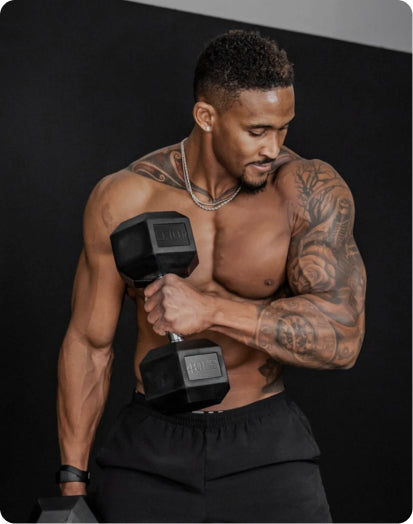
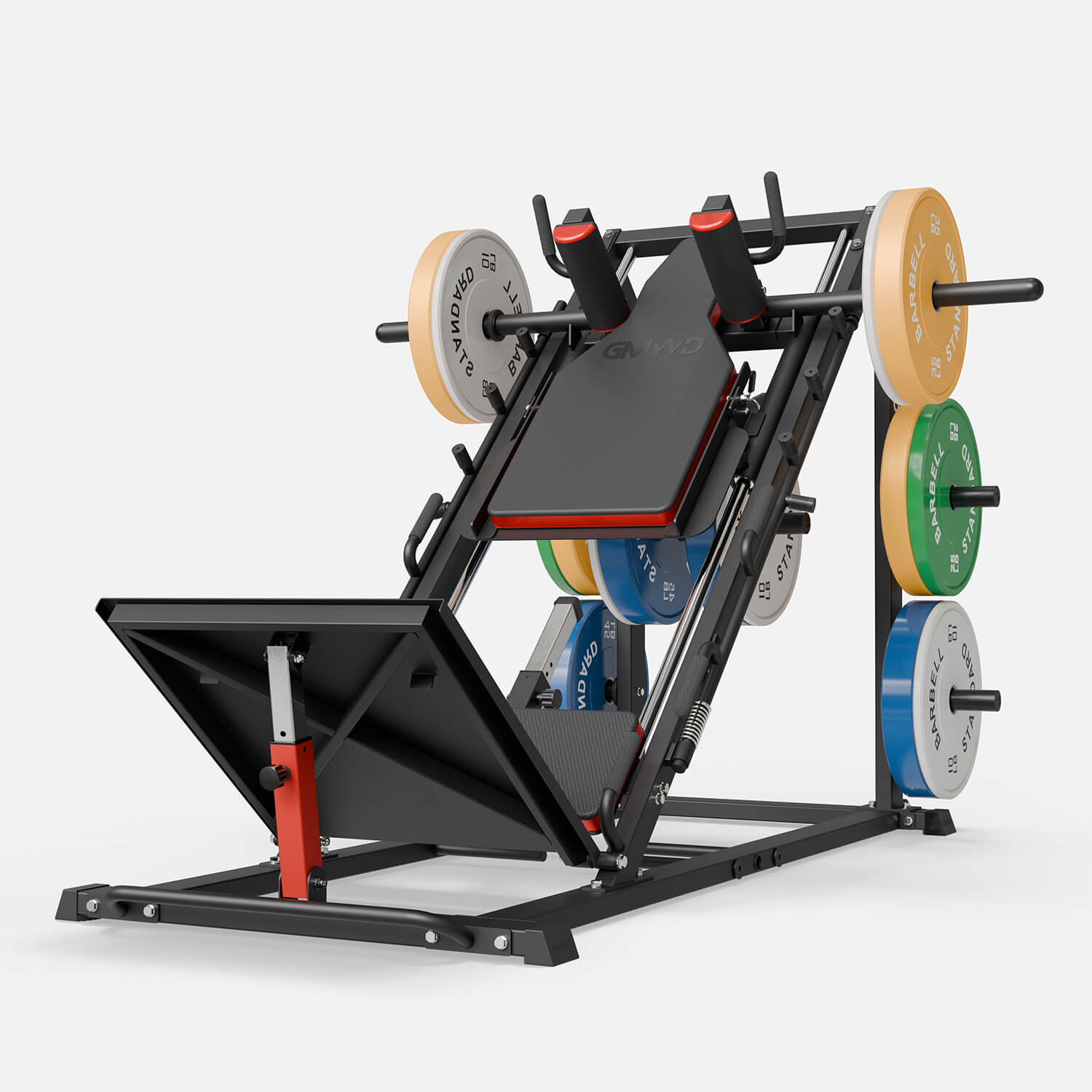
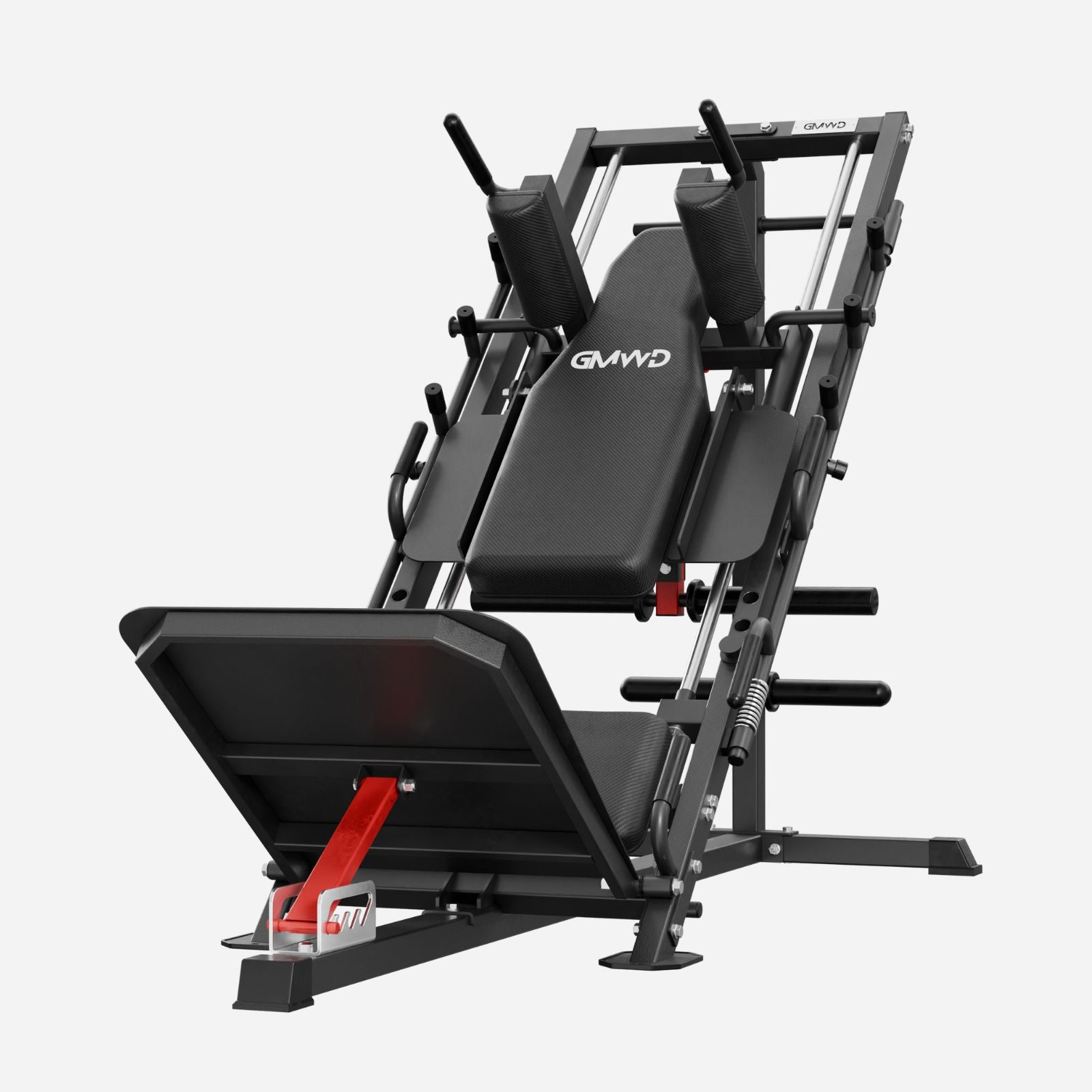

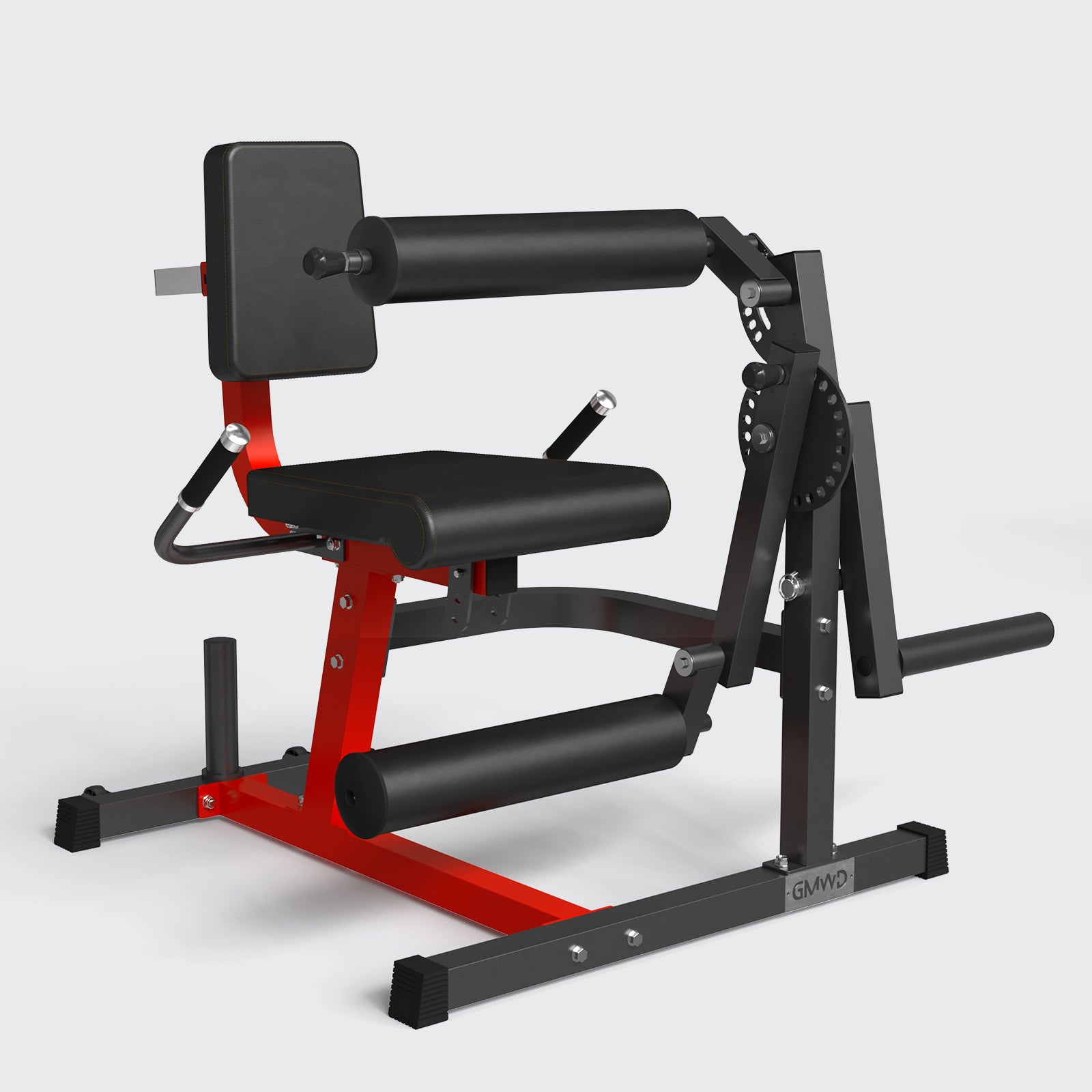
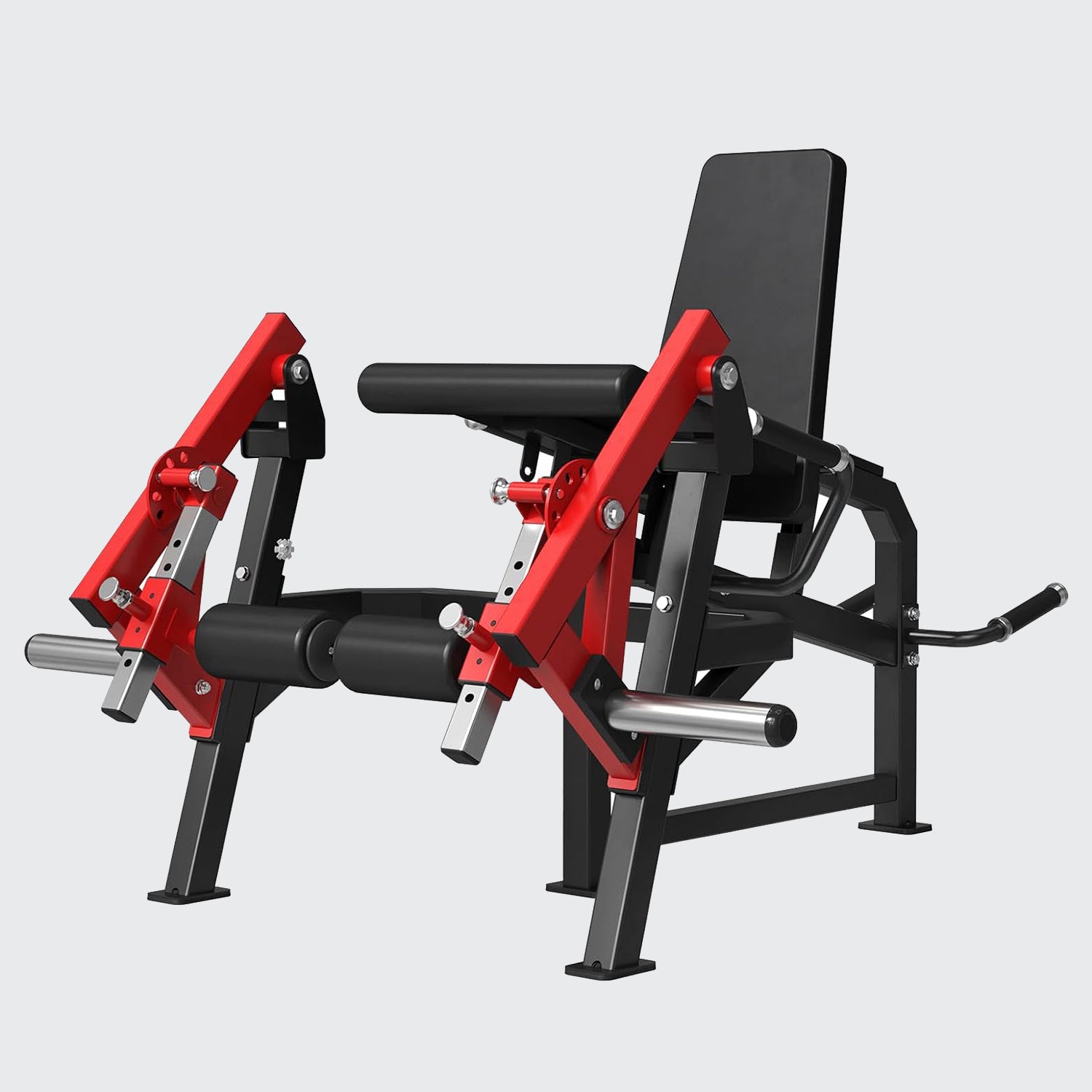
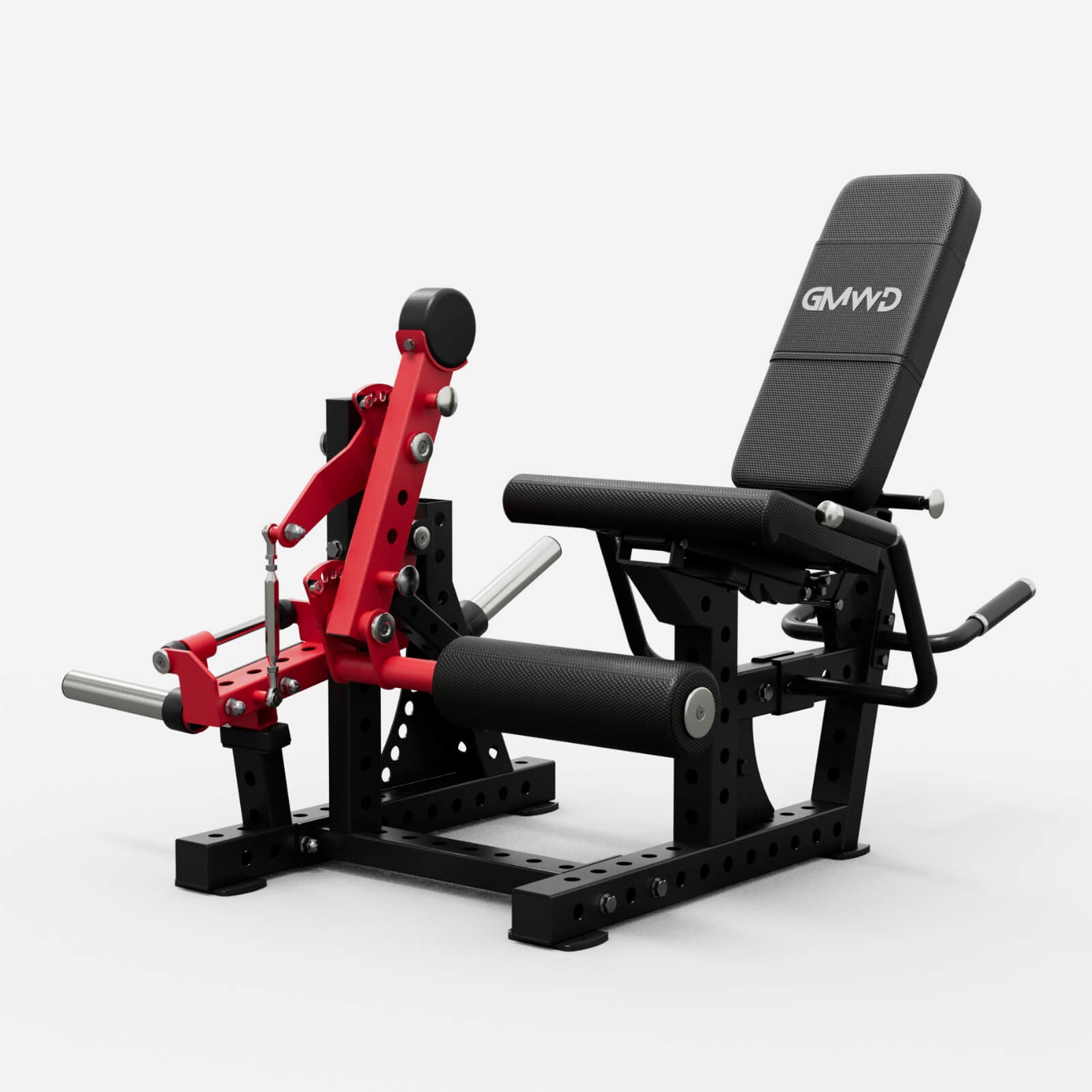
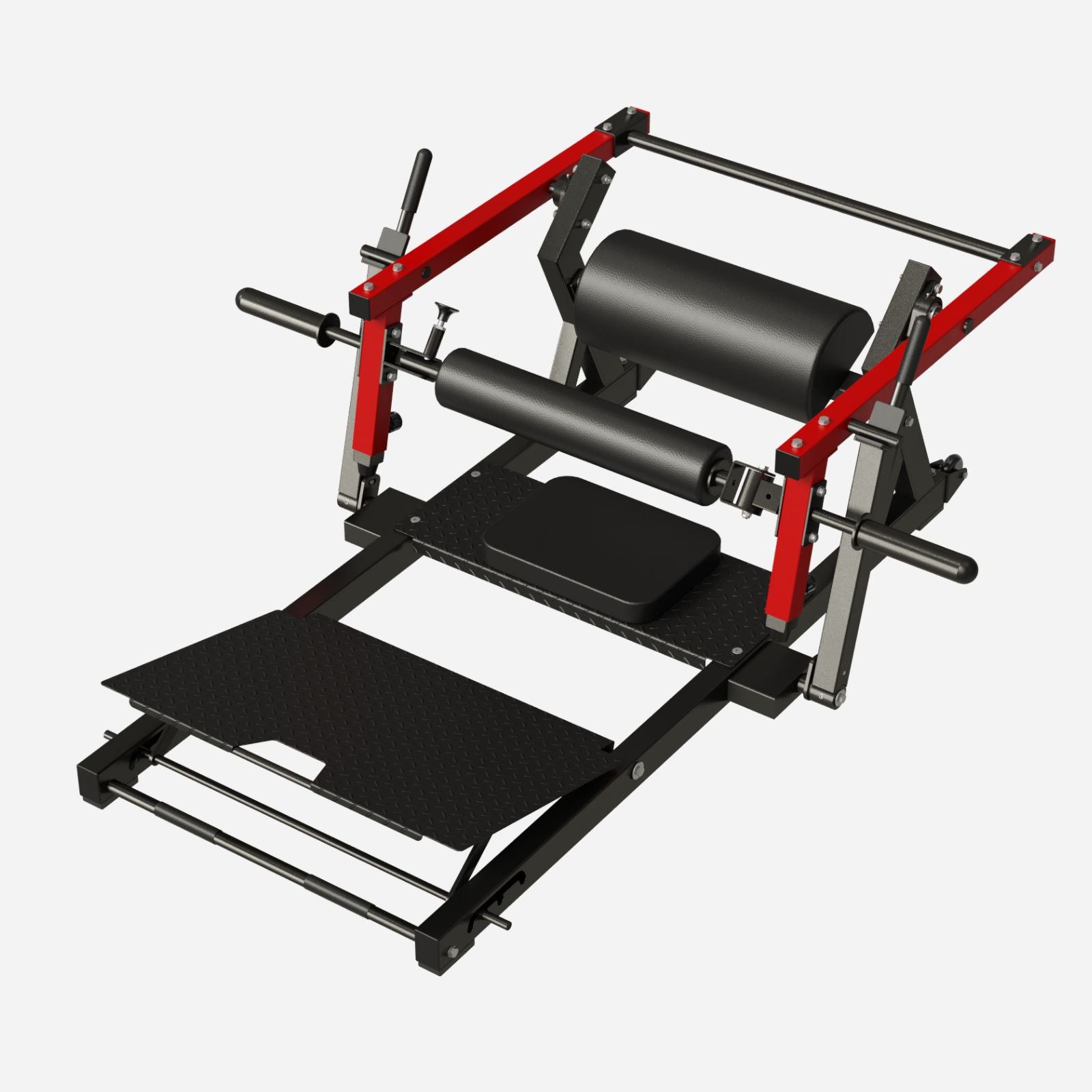
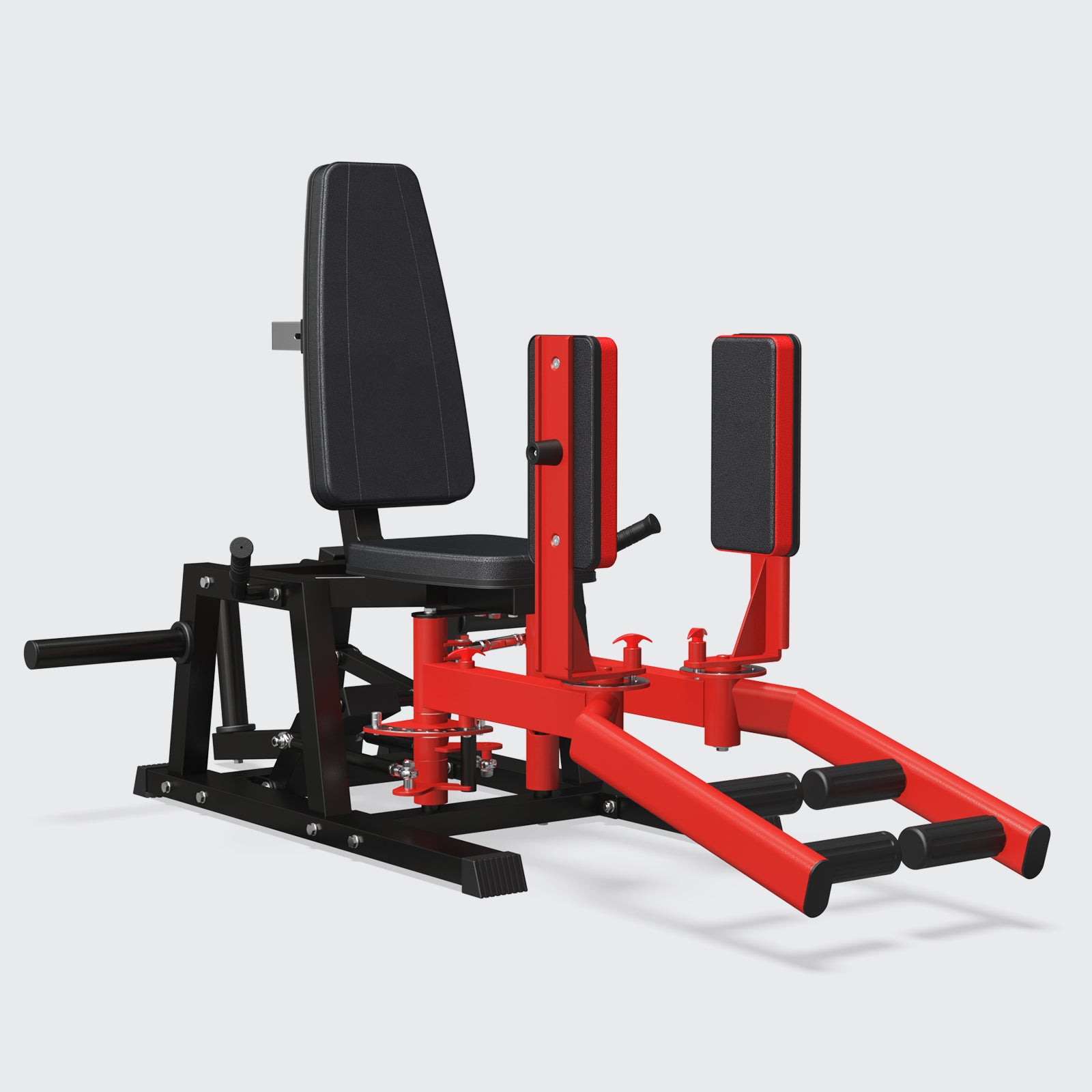
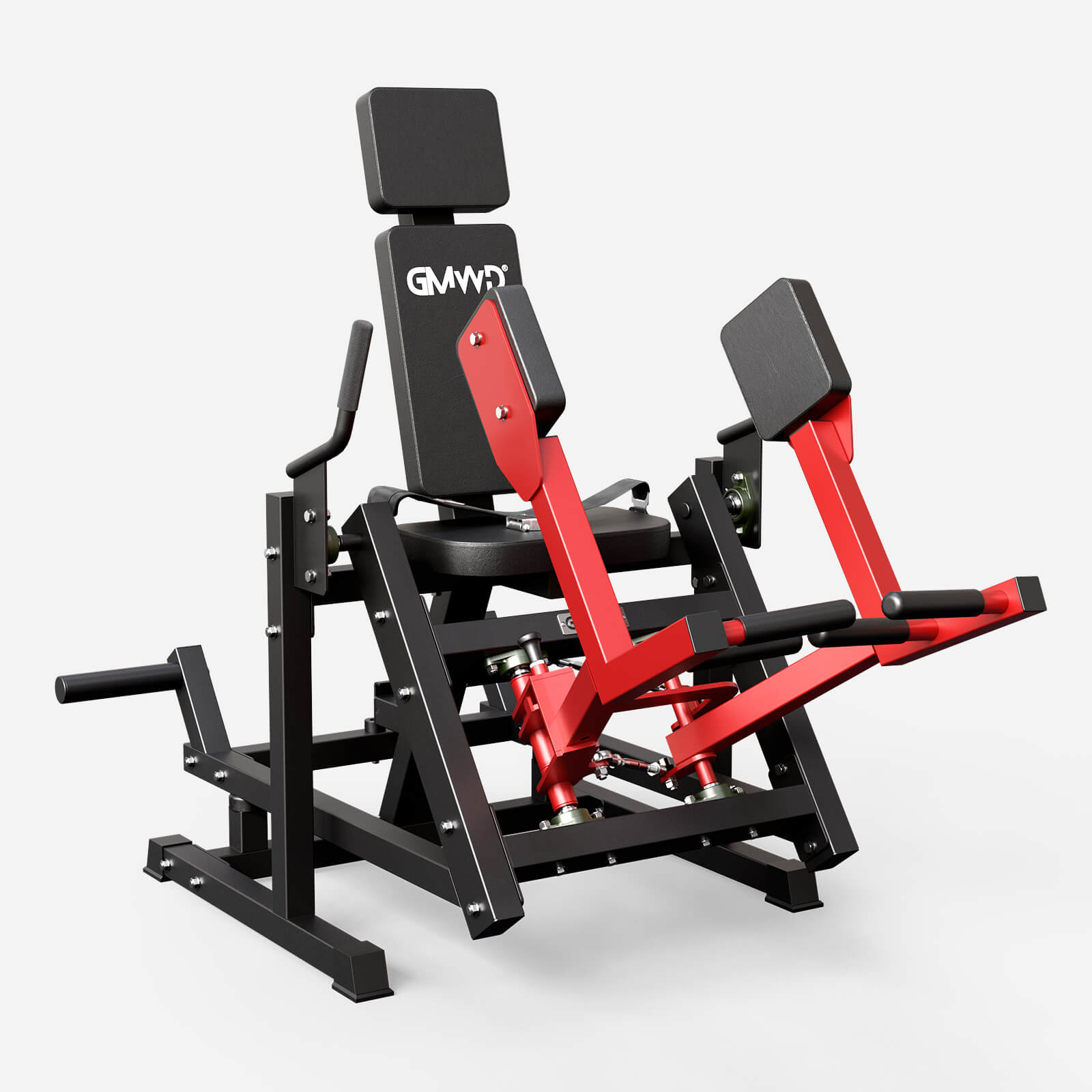
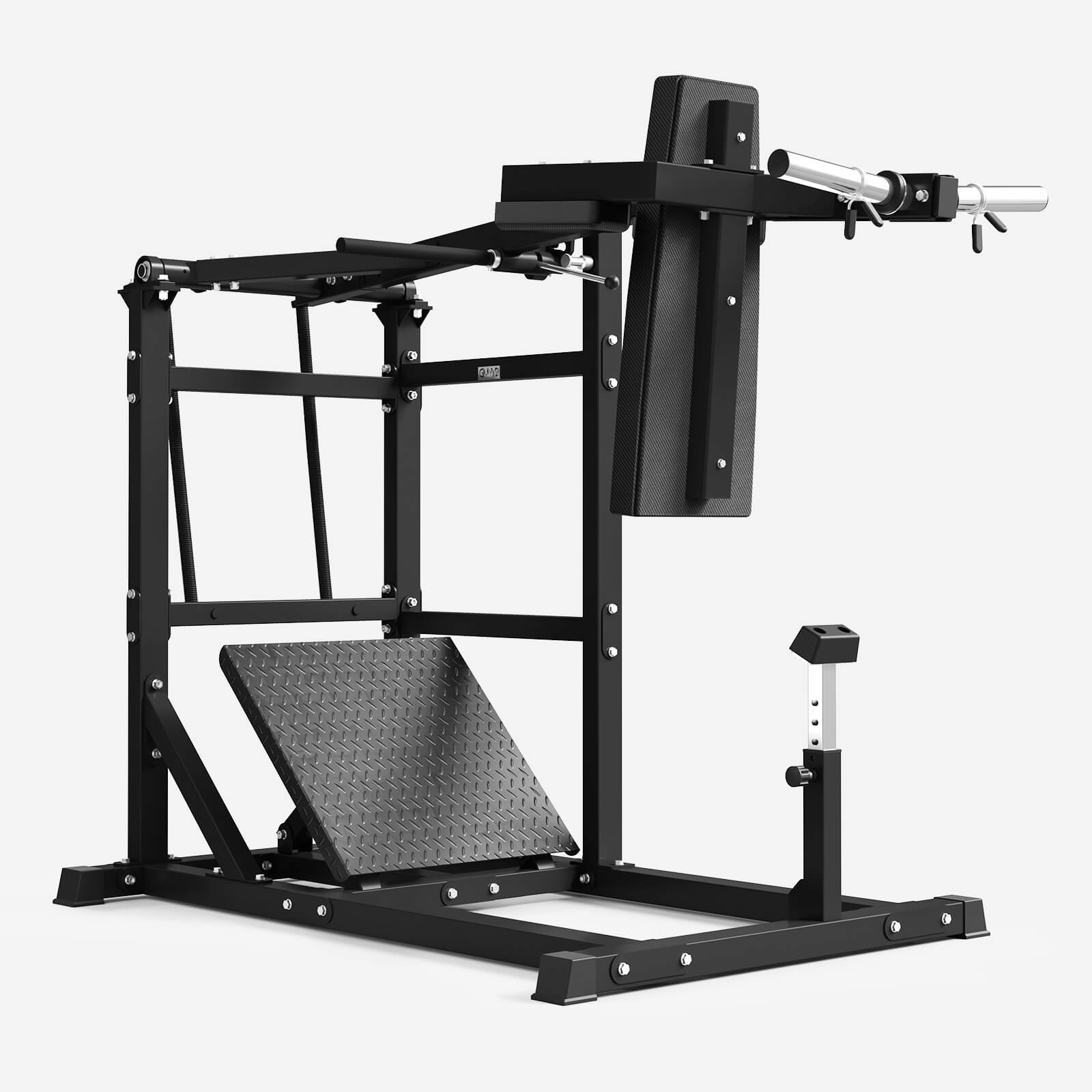
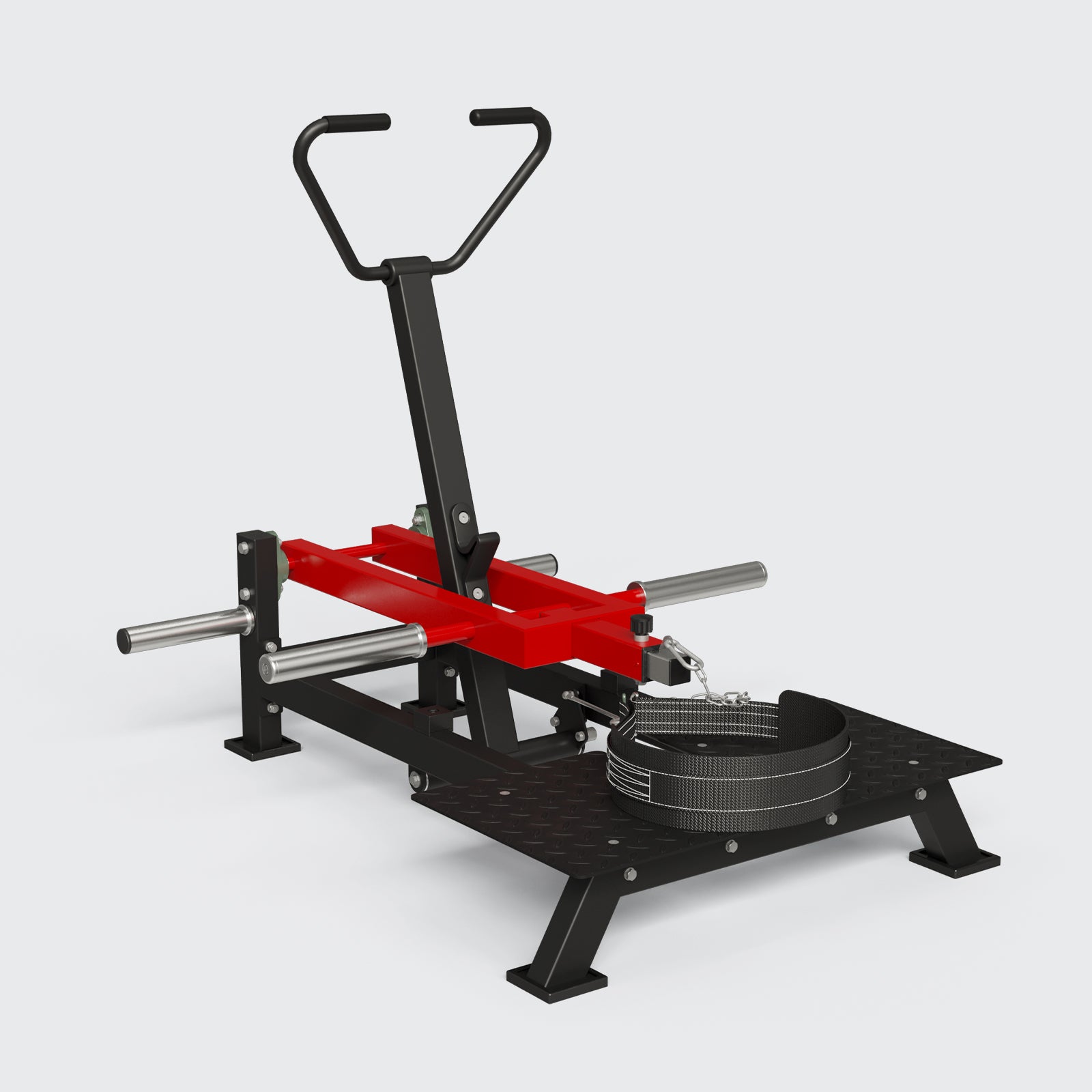
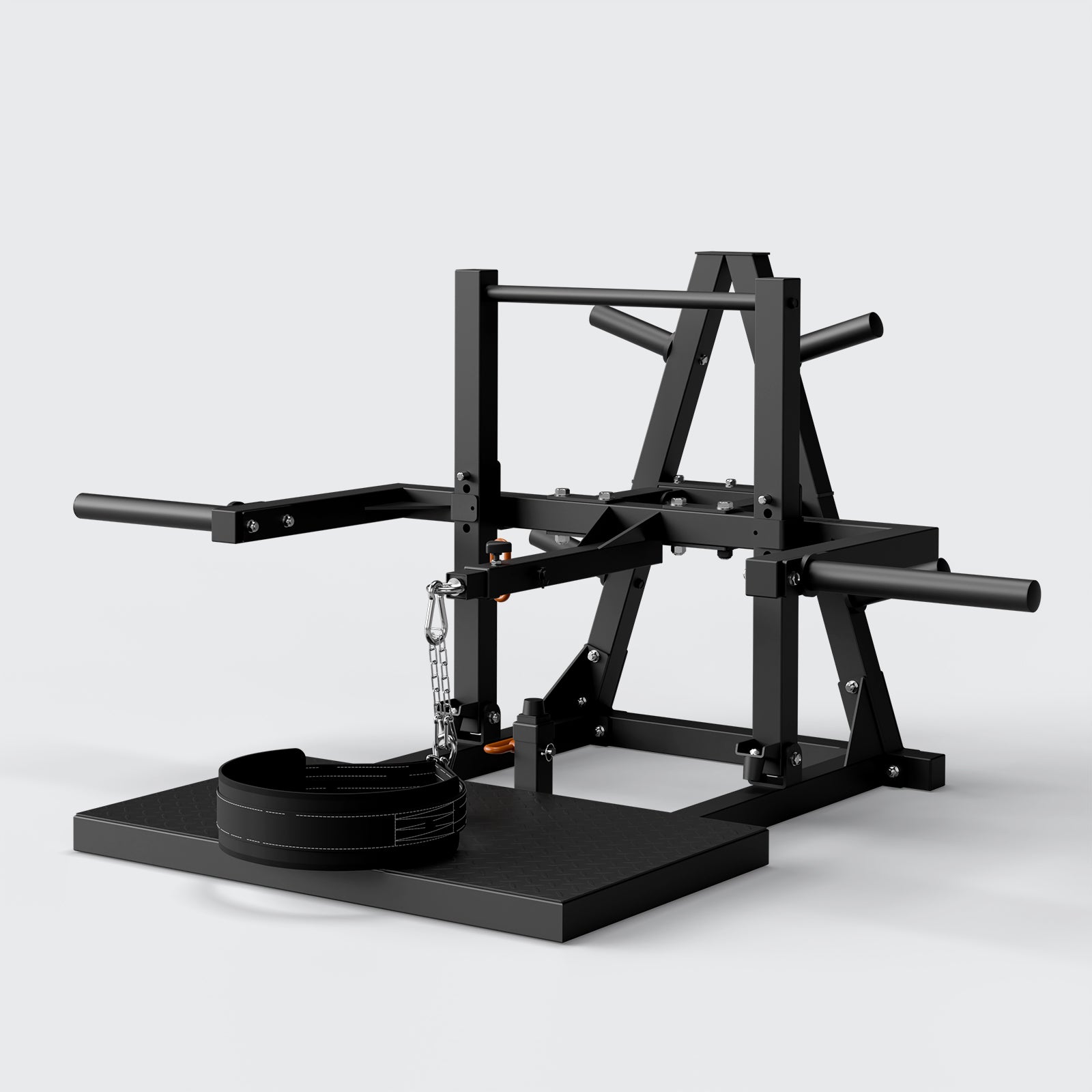
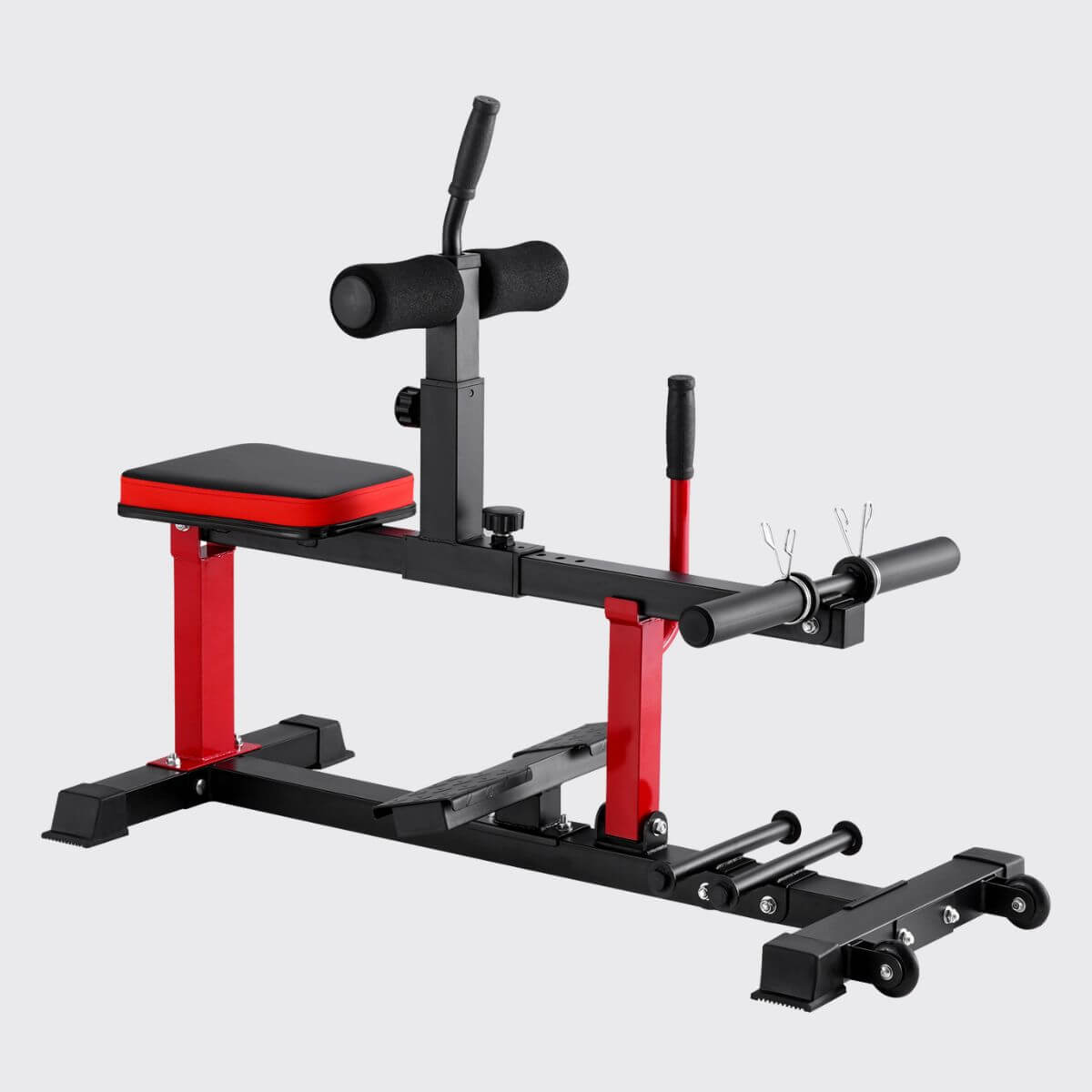
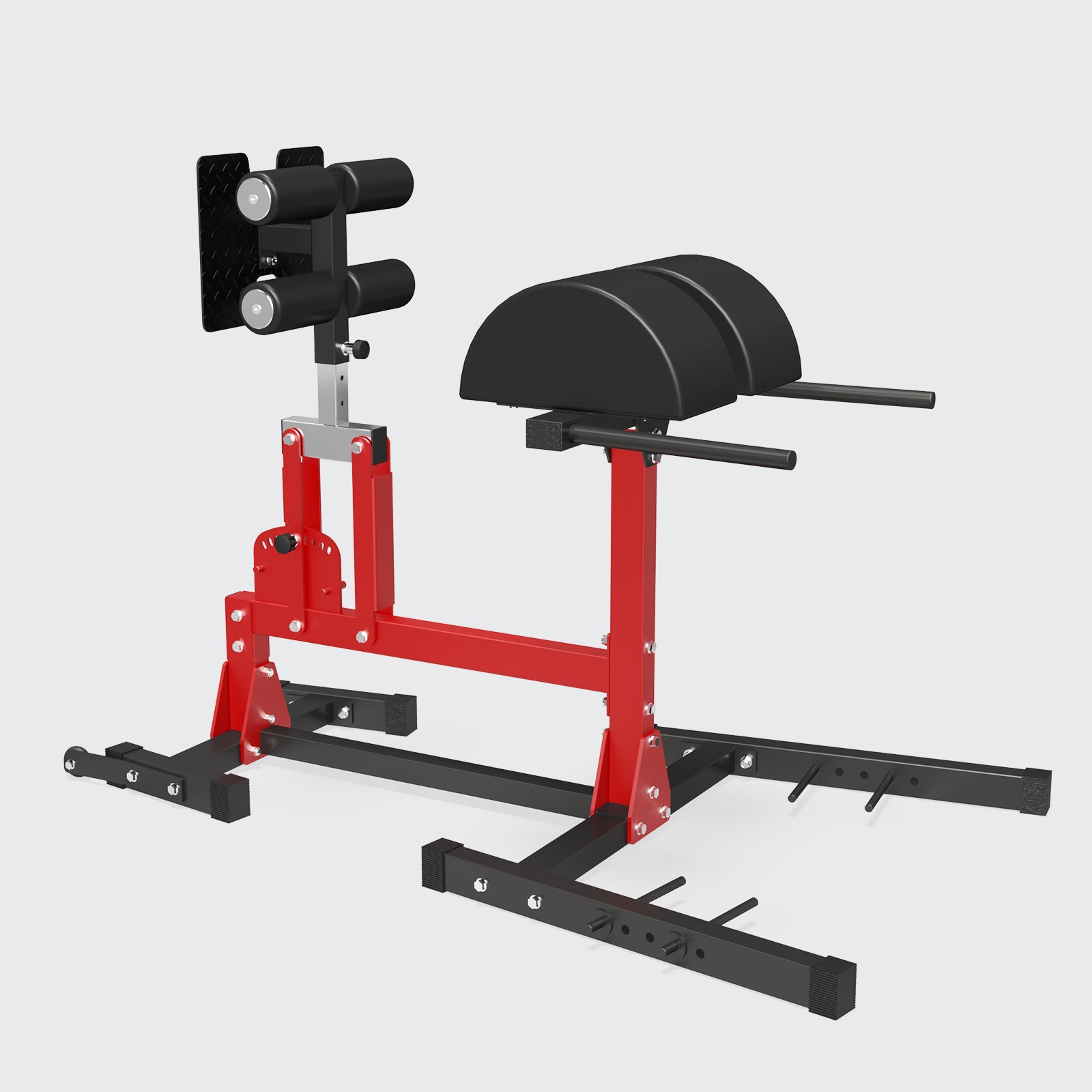
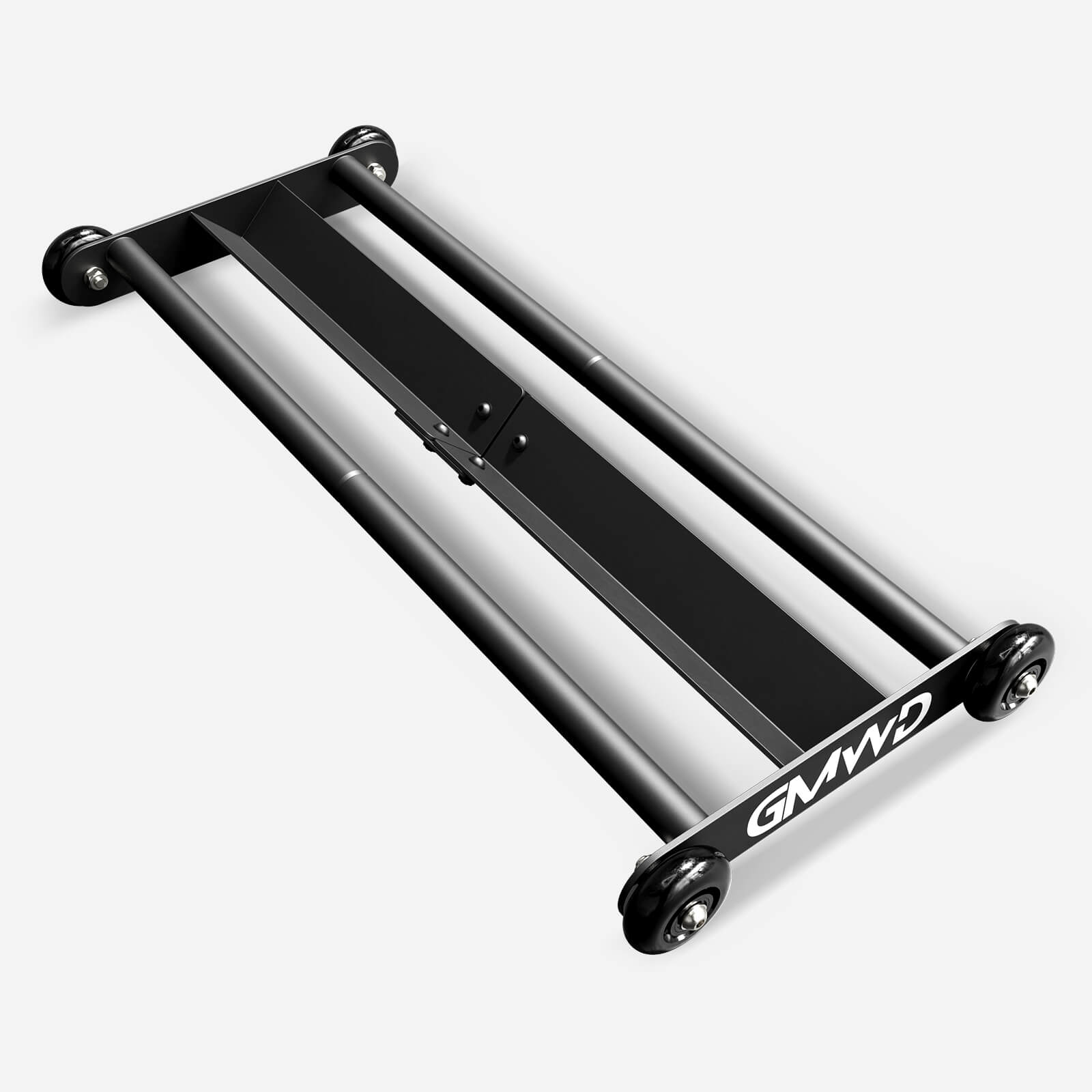
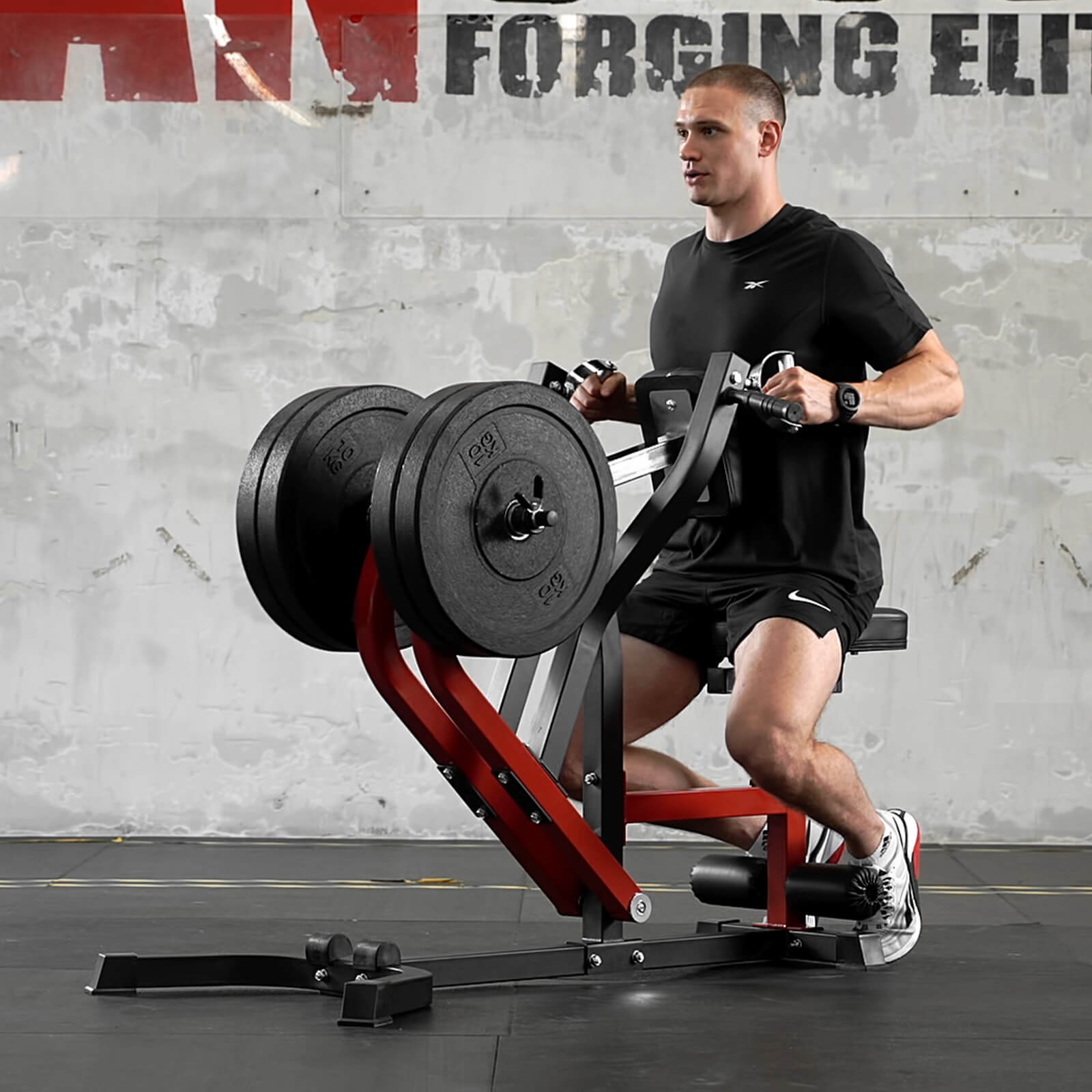
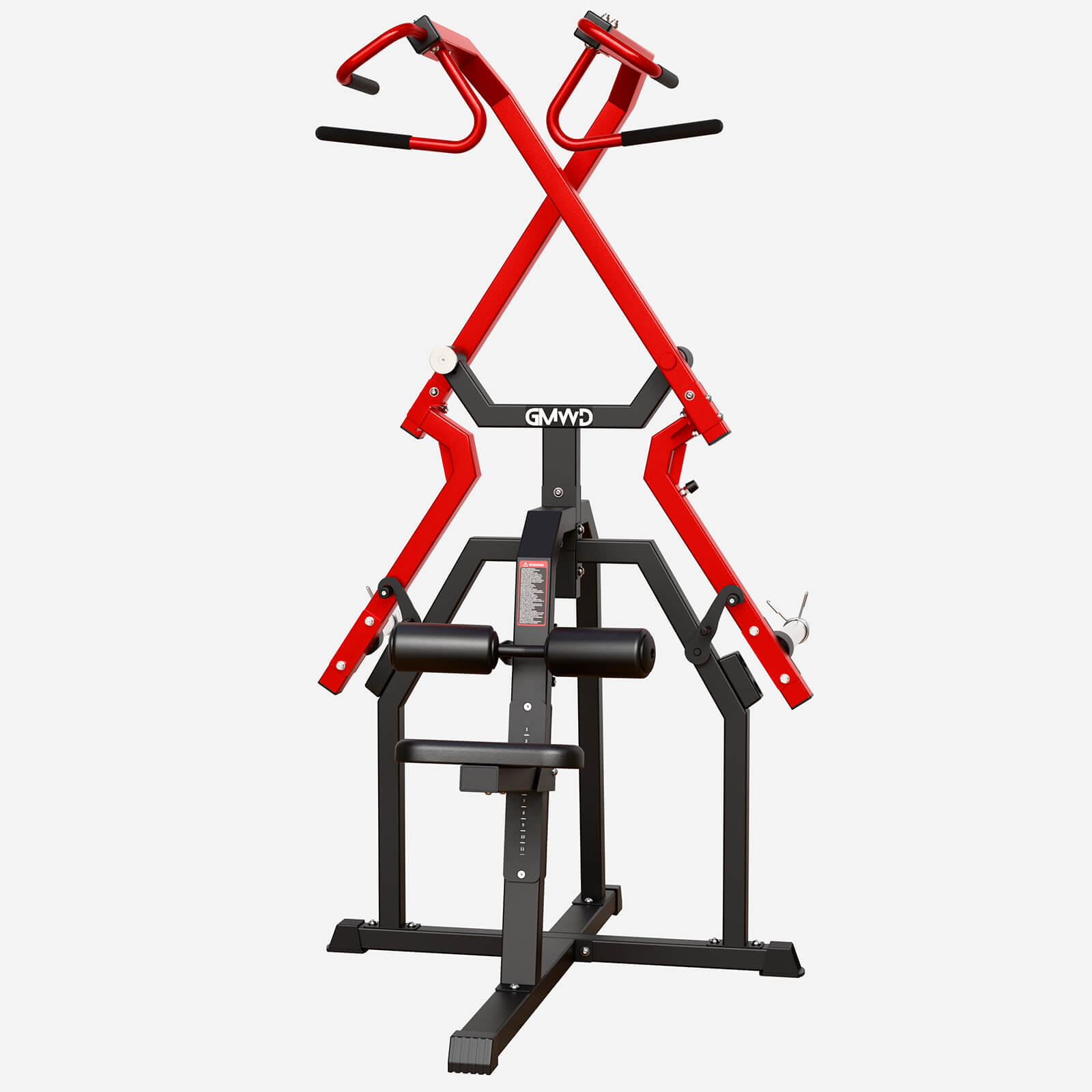
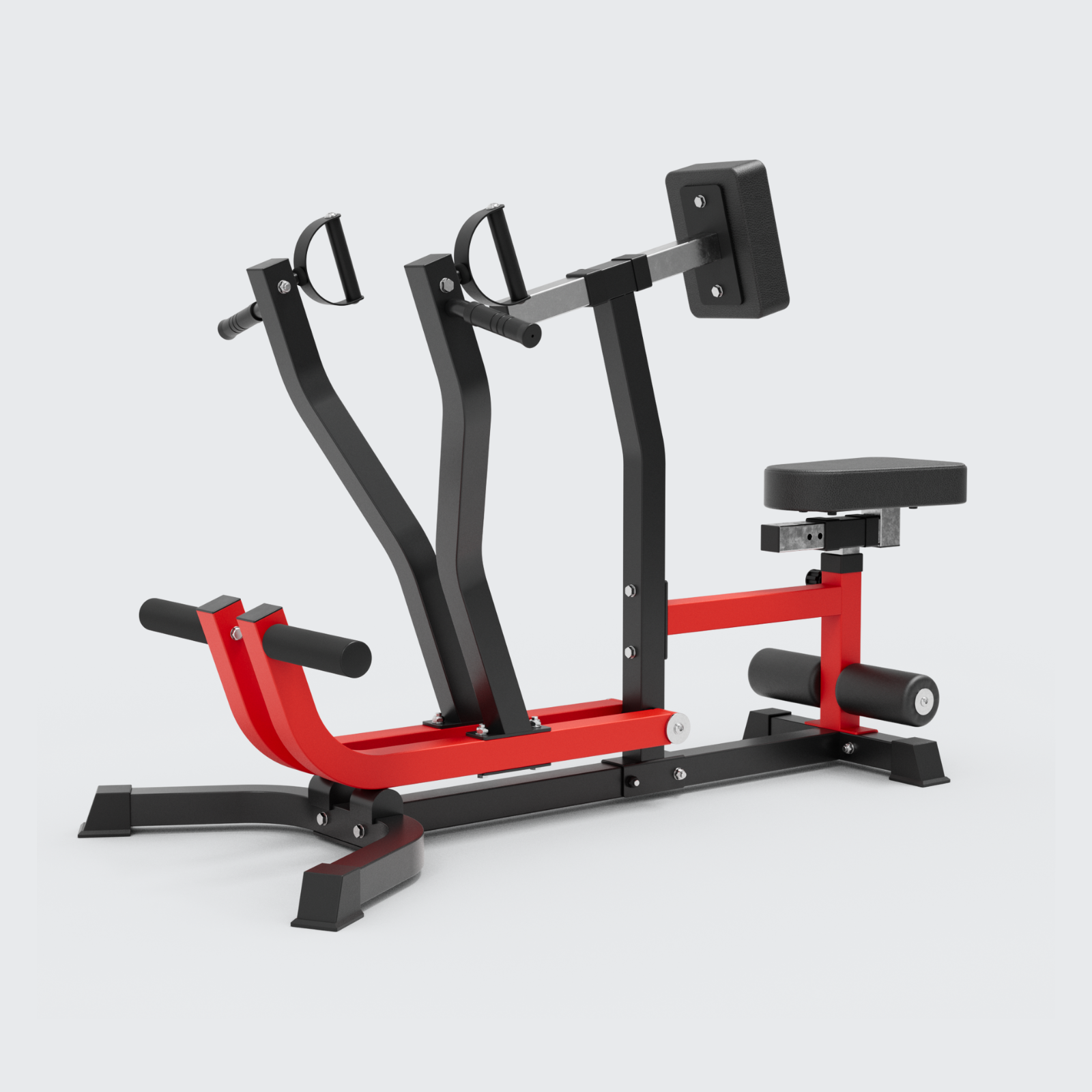
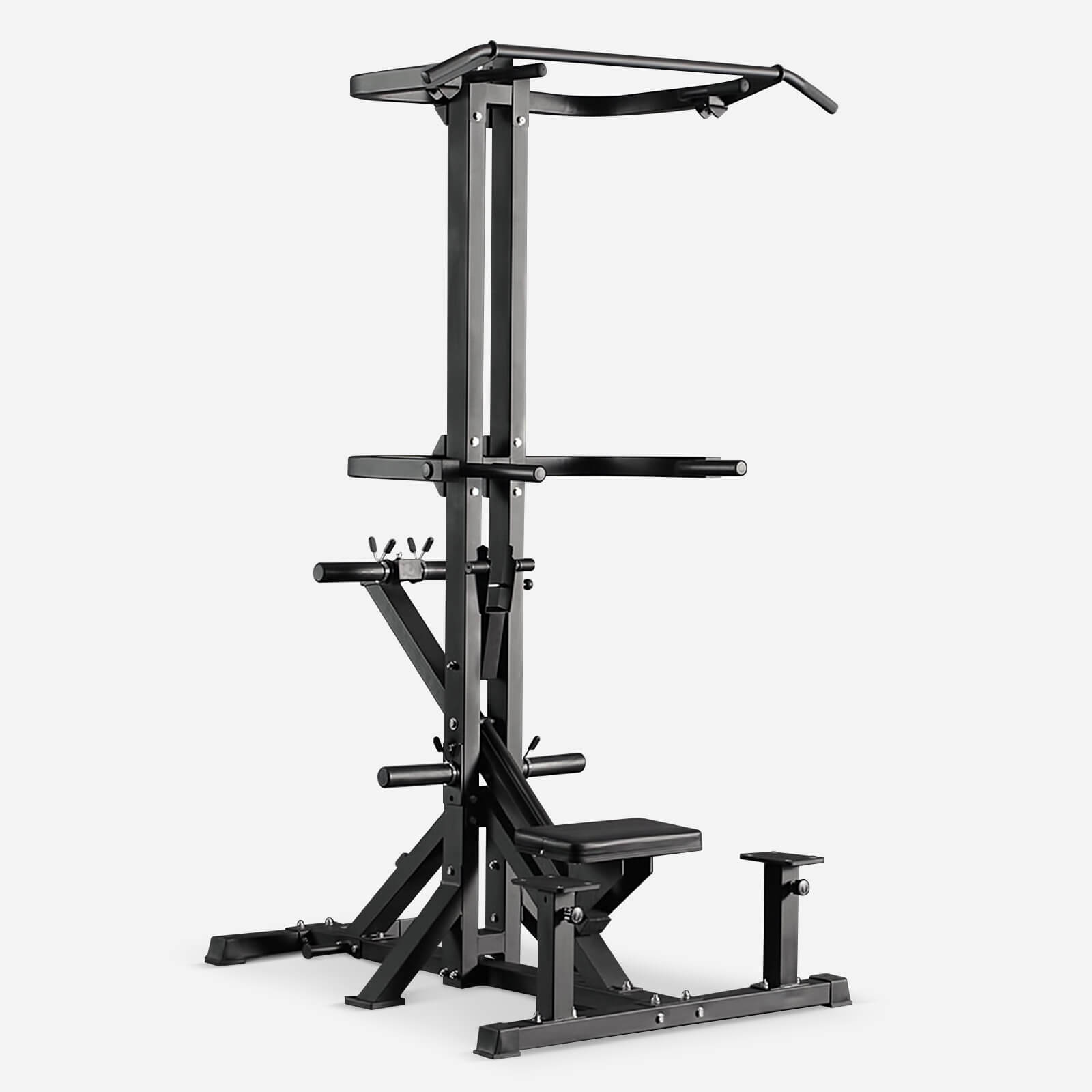

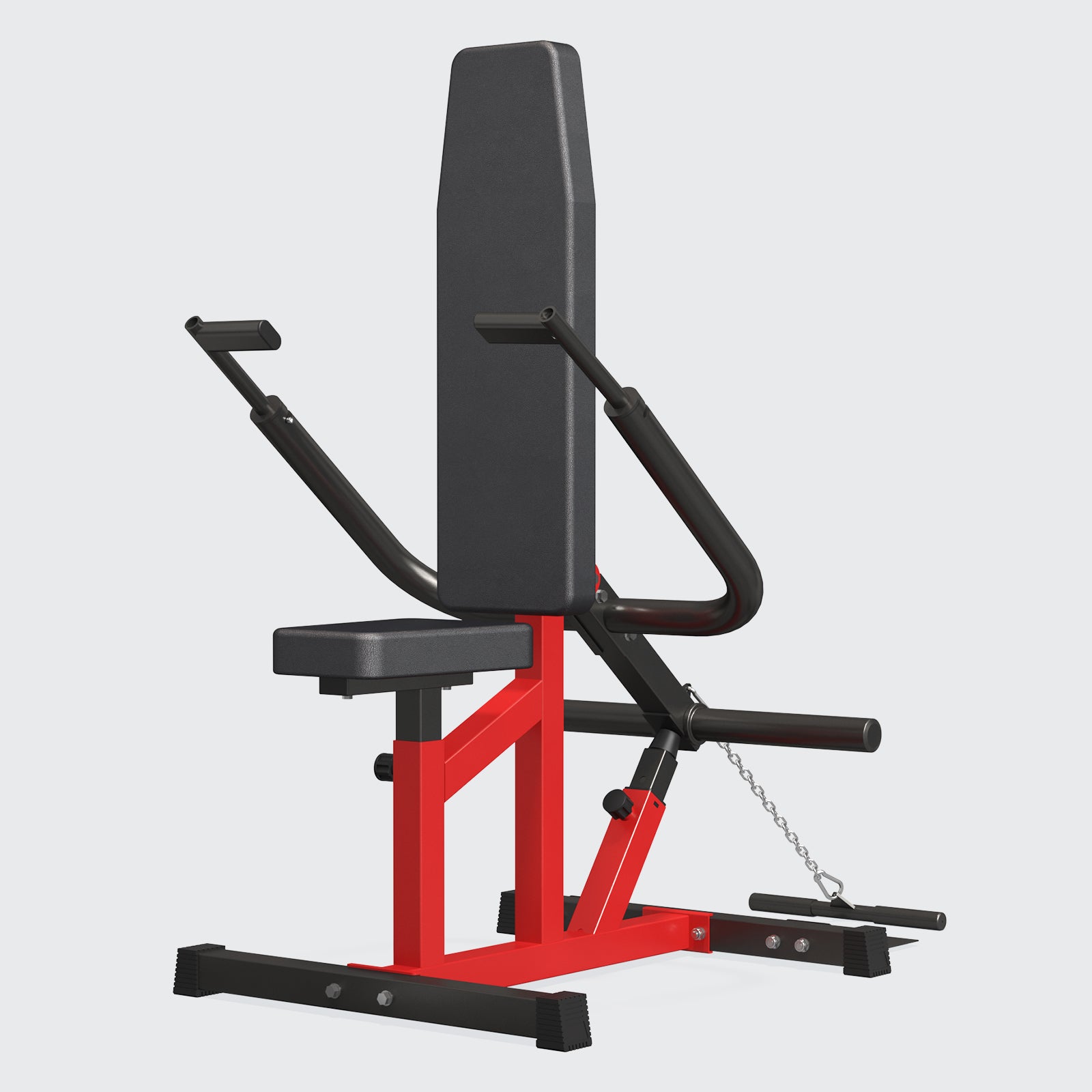
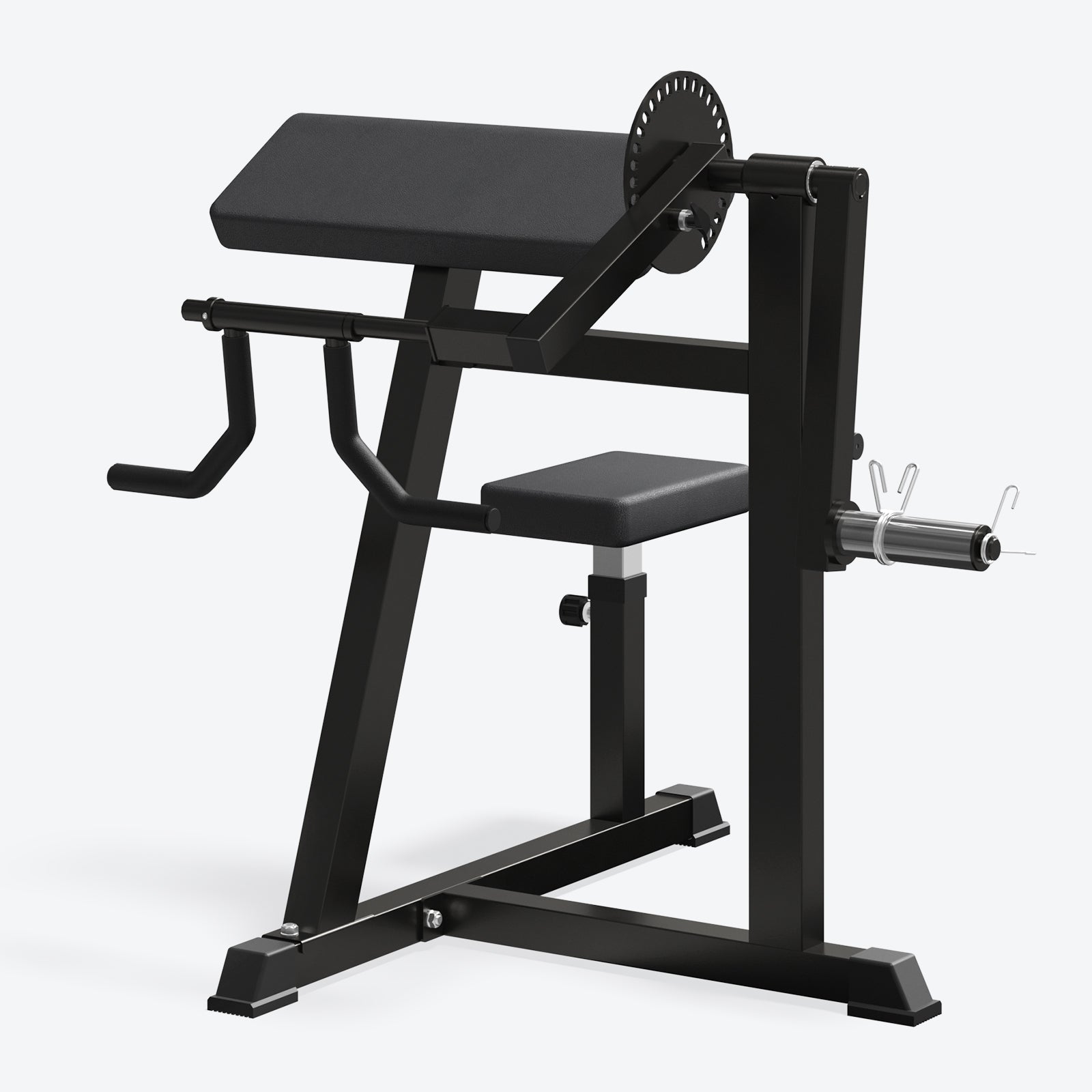
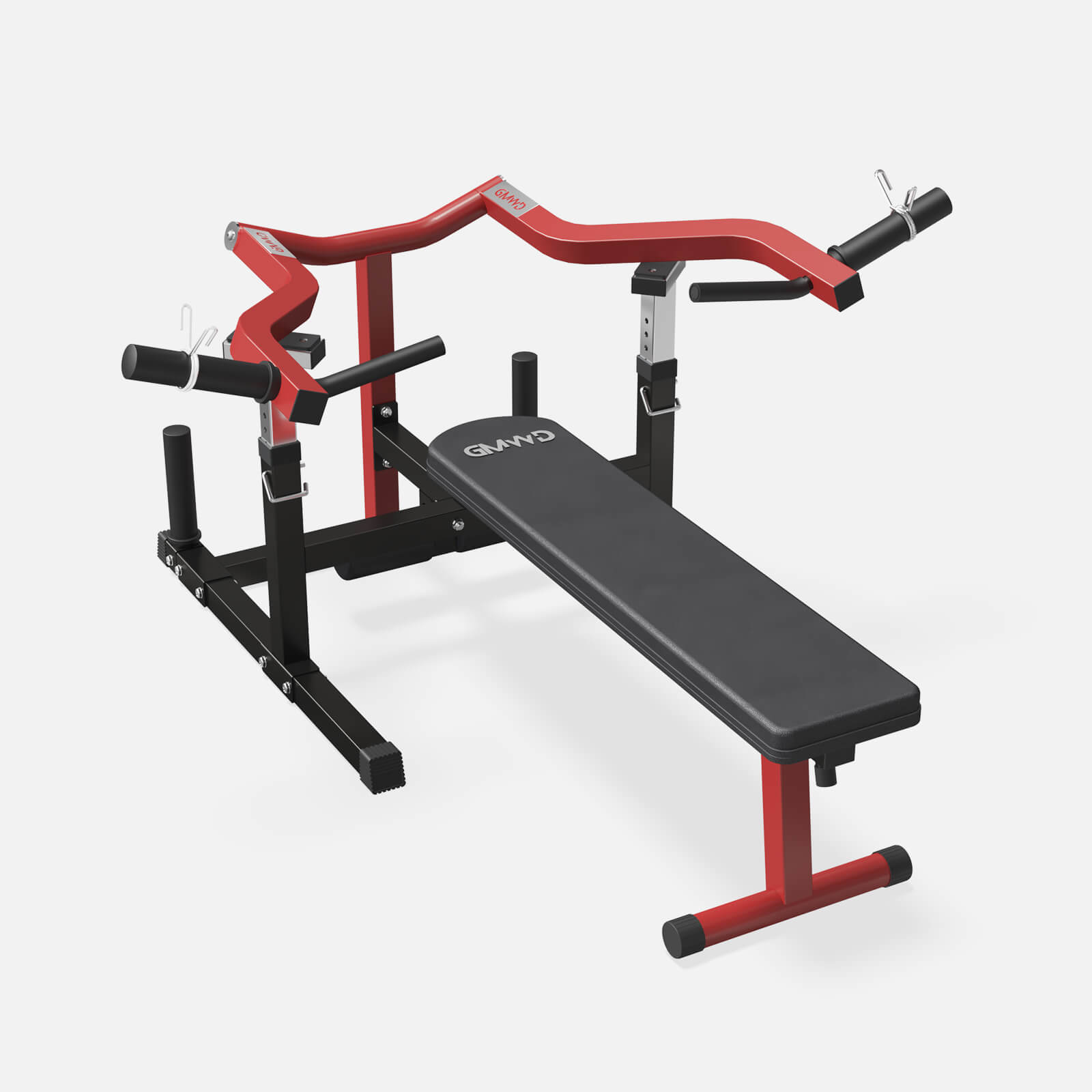
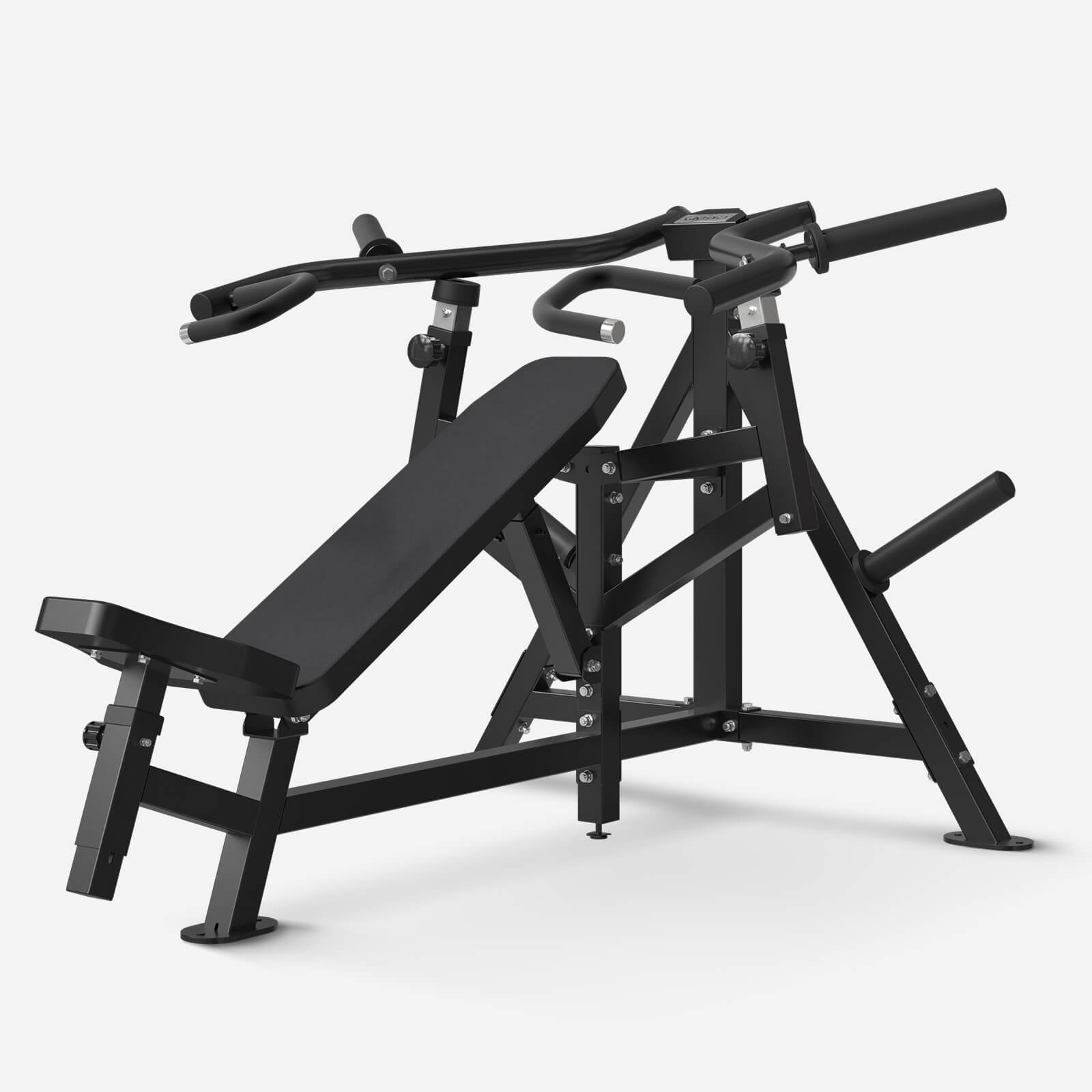
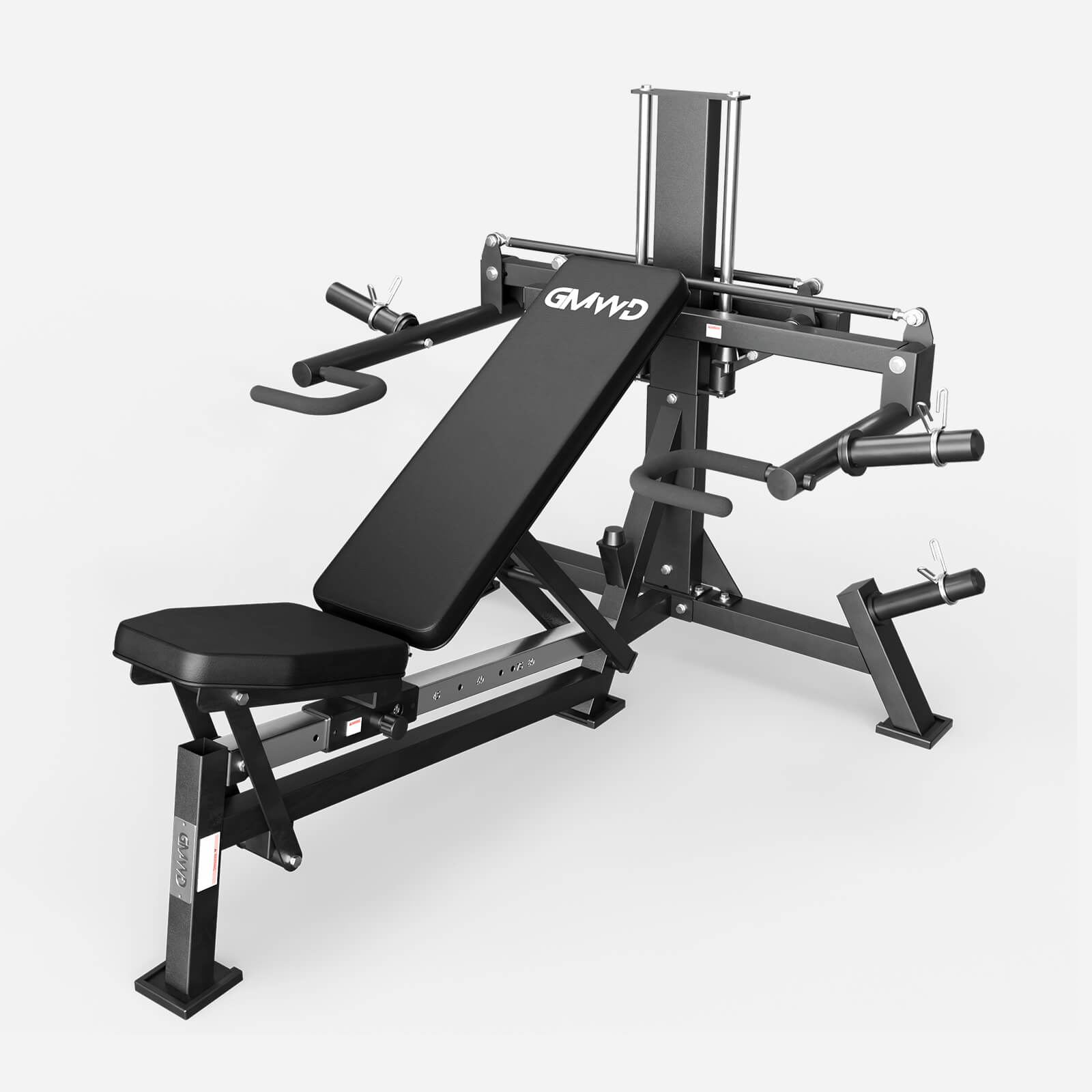
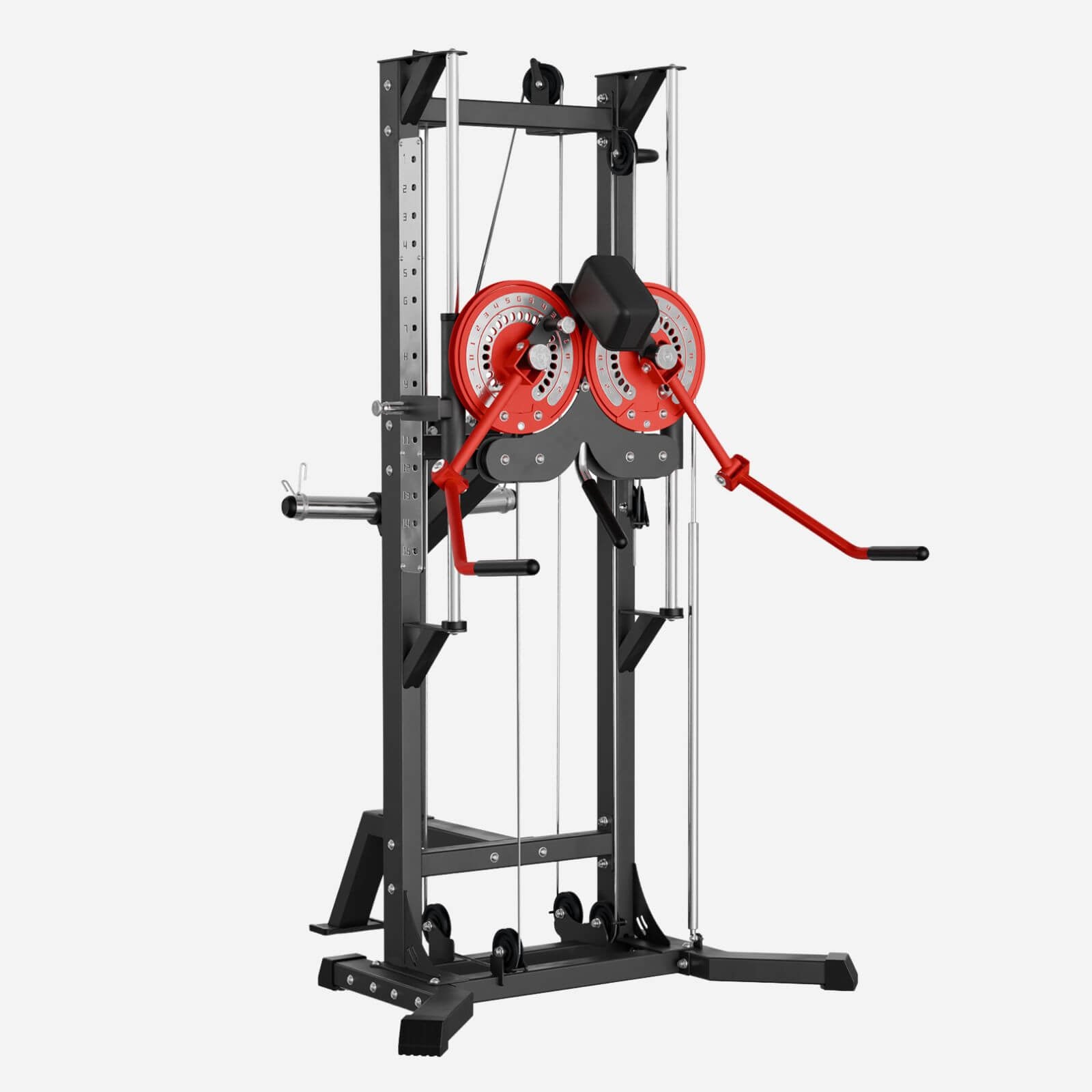
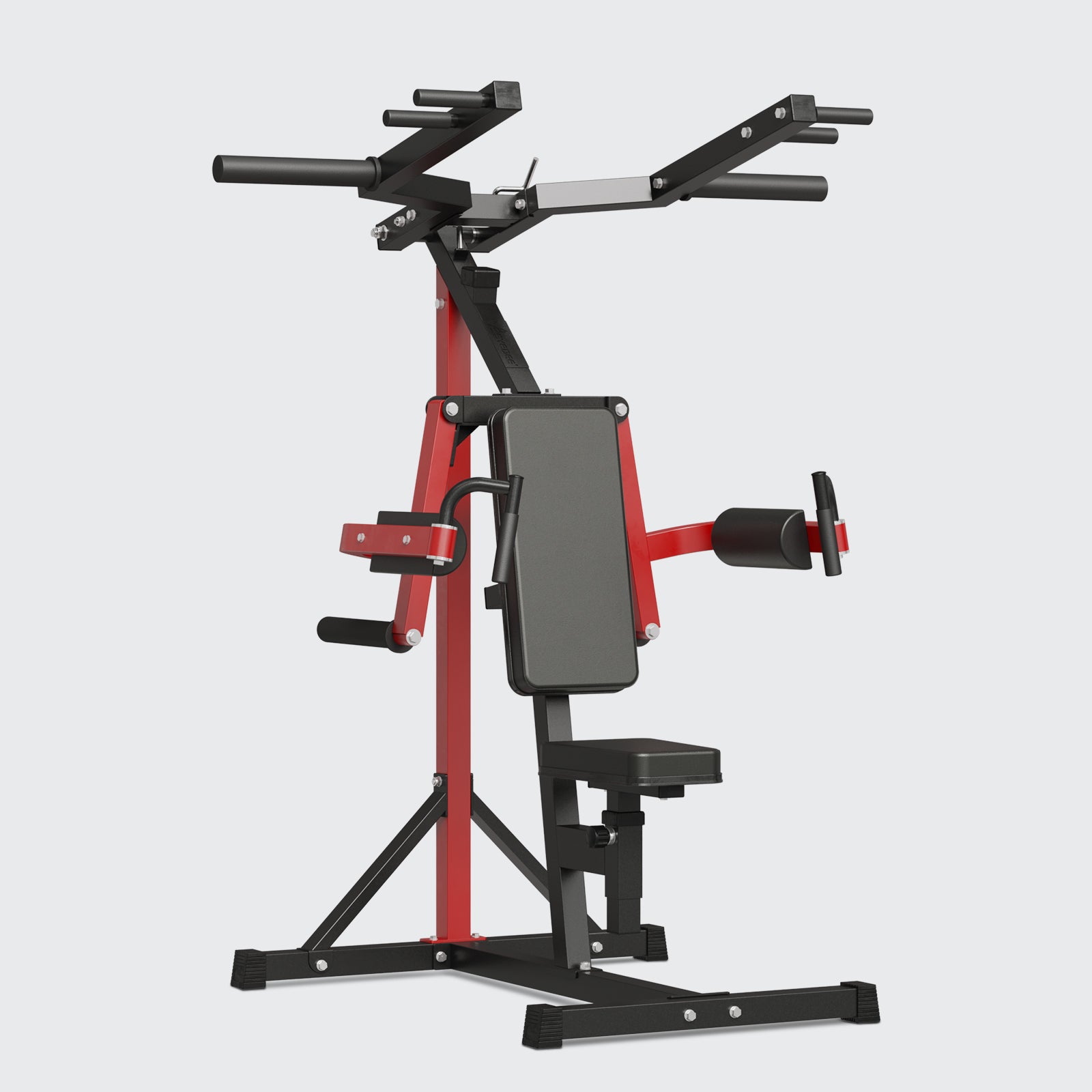
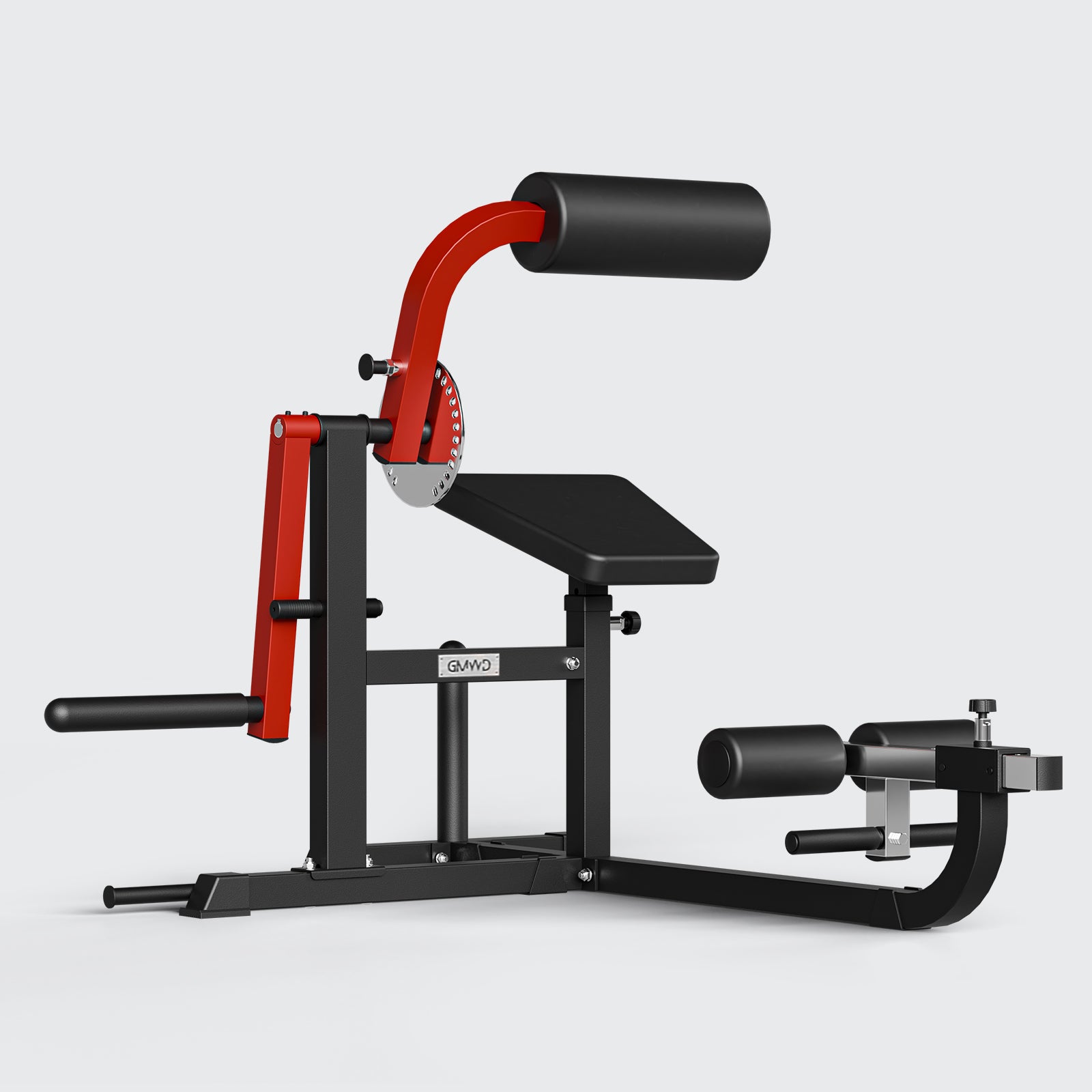
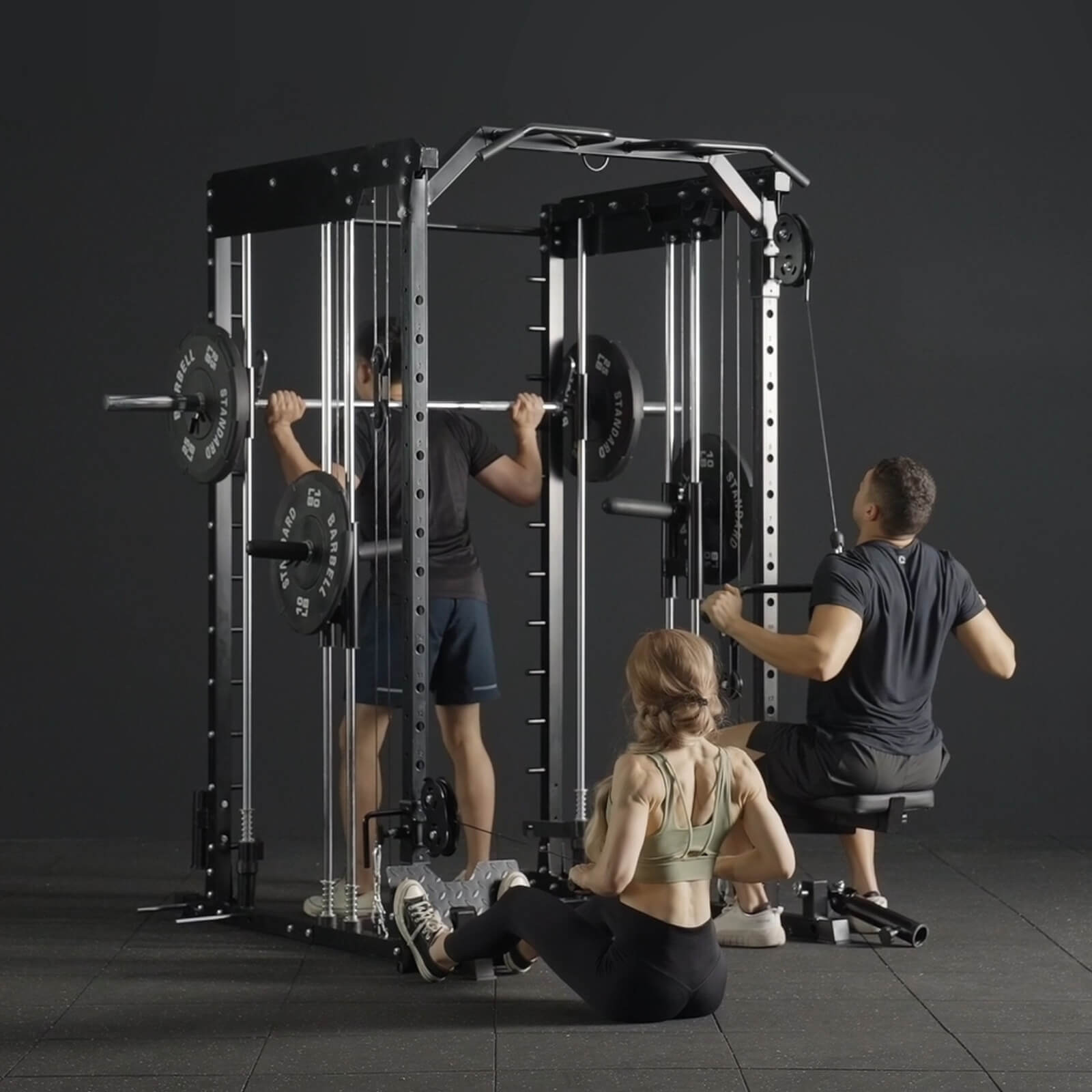
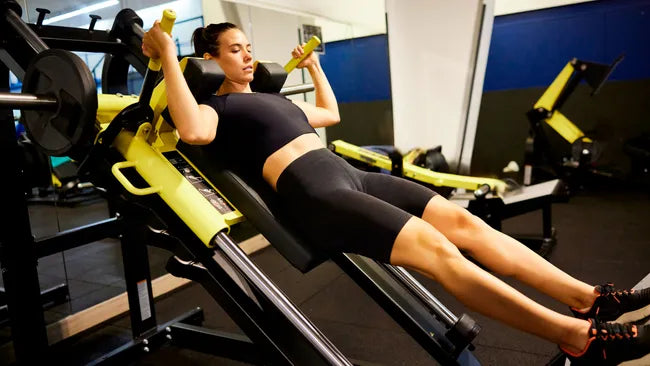
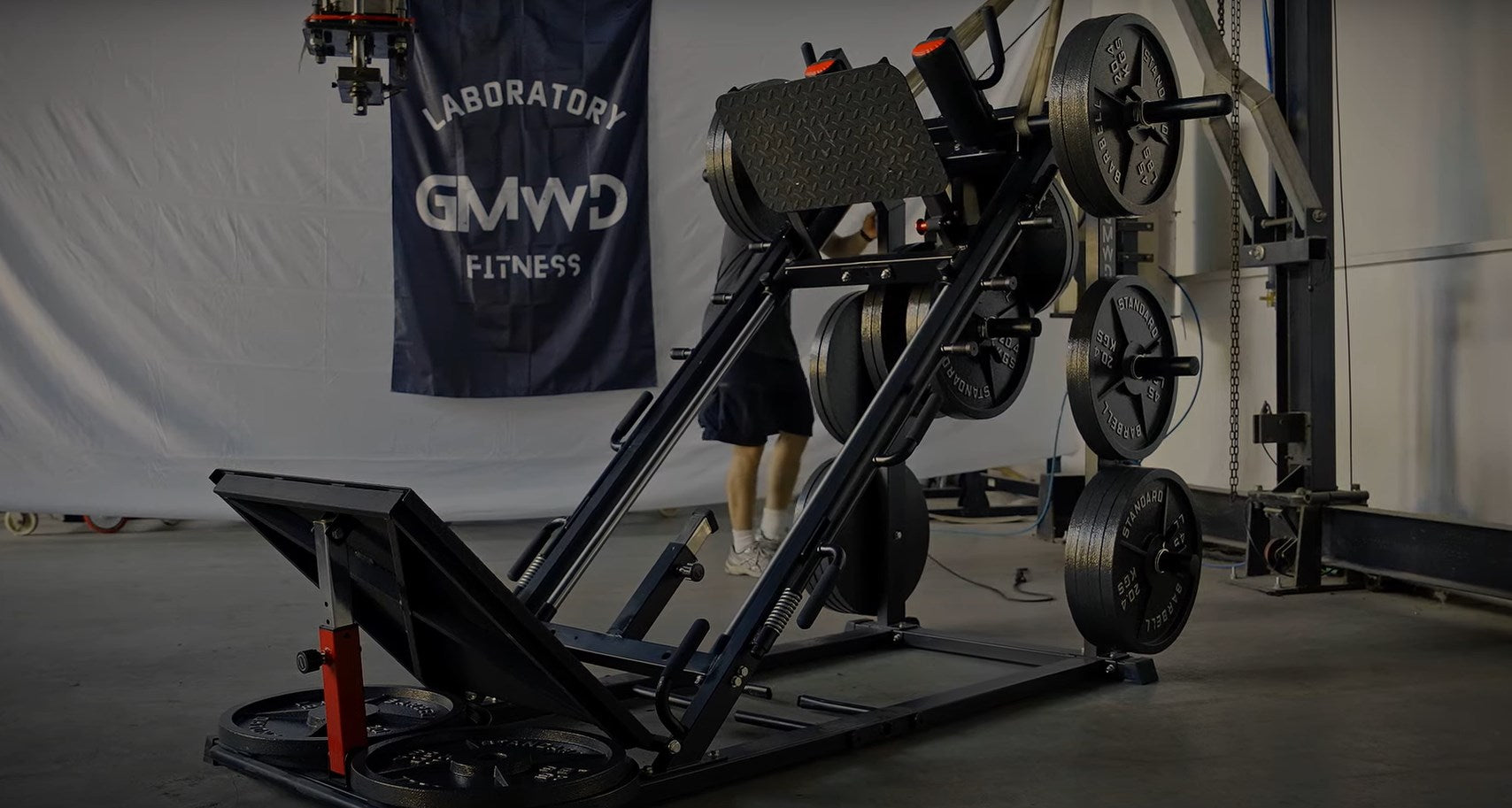
Leave a comment
All comments are moderated before being published.
This site is protected by hCaptcha and the hCaptcha Privacy Policy and Terms of Service apply.